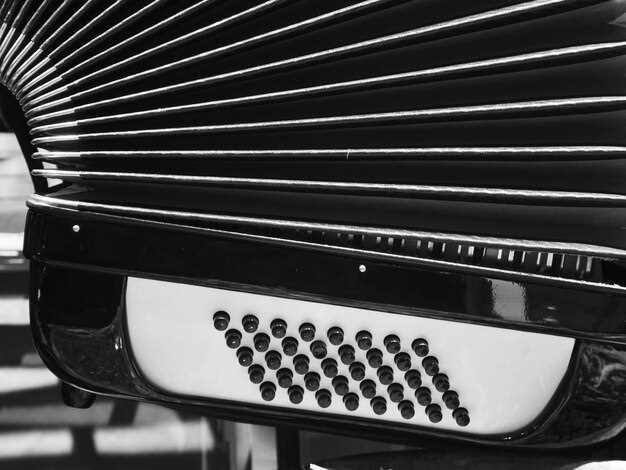

The suspension system of your Mustang plays a crucial role in providing a smooth and comfortable ride. However, over time, components like bushings can wear out, leading to annoying noises and compromised performance. Identifying and addressing these issues is essential not only for the longevity of your vehicle but also for your driving experience.
Suspension noise can stem from various sources, but one of the most common culprits is the degradation of bushings. These small yet vital components are designed to absorb shocks and vibrations, ensuring that your suspension system operates effectively. When they become cracked or degraded, the result can be a range of unsettling sounds, from clunks to squeaks, disrupting your peace on the road.
In this article, we will explore simple yet effective repair tips to help you diagnose and fix Mustang suspension noise. By understanding the role of bushings and how to assess their condition, you can take proactive steps to restore your suspension’s integrity and enjoy a quieter, smoother ride.
Identify the Source of Suspension Creaks in Your Mustang

Identifying the source of suspension creaks in your Mustang is crucial for maintaining optimal performance and comfort. One common culprit of these noises is worn-out bushings. Bushings are rubber or polyurethane components that cushion the joints within the suspension system, providing flexibility and reducing noise. Over time, these bushings can degrade due to wear, exposure to elements, or improper maintenance, leading to irritating creaking sounds.
To pinpoint the issue, start by visually inspecting the bushings for any signs of cracking, swelling, or separation. Next, perform a physical check by pressing down on the suspension components while someone listens for noises. Focus on areas where bushings are present, such as control arms and sway bars. If creaks persist, it may indicate that the problem lies deeper within the suspension system, possibly involving struts or shocks.
Additionally, consider whether the sounds occur only during specific maneuvers, such as turning or accelerating. This information can help narrow down the source. In some cases, lubricating the bushings may temporarily mitigate the noise, but replacement will be necessary for a long-term solution. Addressing the condition of your Mustang’s suspension not only enhances ride quality but also ensures safety on the road.
Step-by-Step Guide to Replacing Worn Bushings

Inspect your Mustang’s suspension for signs of wear, such as creaks and unusual noises. Focus on the bushings, as these components often degrade over time due to friction and exposure to environmental factors. Begin the replacement process by gathering necessary tools: a jack, jack stands, a wrench set, and a bushing removal tool.
Start by raising the vehicle with the jack and securely placing it on jack stands. Ensure that the car is stable before working underneath it. Locate the suspension components where the bushings are housed, typically in control arms, sway bars, and other linked parts.
Carefully remove any fasteners or bolts securing the suspension components. Keep track of where each piece belongs for easier reassembly. Use the bushing removal tool to take out the worn bushings from their positions. It may require some force, so be cautious to avoid damaging surrounding parts.
Once the old bushings are removed, clean the area thoroughly to ensure a proper fit for the new bushings. Apply a small amount of lubricant on the new bushings to assist in installation and reduce friction. Place the new bushings in the appropriate mounts and secure them with the original fasteners.
After ensuring everything is tightened to the manufacturer’s specifications, reassemble any suspension components that were removed. Lower the vehicle back to the ground and perform a test drive. Listen for any residual creaks. If noises persist, double-check the installation and consider consulting a professional.
Maintaining Your Mustang’s Suspension to Prevent Future Noises
To ensure a smooth ride in your Mustang, regular maintenance of the suspension system is crucial. Many noises, such as creaks or clunks, often stem from worn or damaged components. Regular inspections can help identify issues before they escalate into larger problems.
Begin by checking the bushings and joints for signs of wear. These components are essential for absorbing shocks and minimizing noise. If you notice any cracks, tears, or excessive play, it’s time to replace them. Upgrading to polyurethane bushings can enhance longevity and reduce noise further.
Next, inspect the shock absorbers and struts. If they are leaking fluid or appear worn, they may be contributing to the noise. Replacing them can significantly improve ride quality and comfort. Ensure that they are properly mounted; loose mounts can lead to undesired creaking sounds.
Regular lubrication of moving parts is another effective method to prevent noise. Apply lubricant to the suspension components, including sway bar links and control arms, to minimize friction that can create creaks during operation. Make sure to use the appropriate lubricant suited for your vehicle.
Additionally, don’t overlook the importance of wheel alignment and tire condition. Misaligned wheels can cause uneven wear and put extra stress on the suspension, leading to noises. Ensure that your Mustang’s alignment is checked regularly, especially after any suspension work.
Finally, maintaining proper tire pressure not only enhances safety but also reduces the impact on your suspension. Under-inflated tires can contribute to excessive wear on suspension components, resulting in unwanted sounds. Regularly check tire pressure and keep it within the manufacturer’s recommended specifications.
By following these maintenance tips, you can help prevent future suspension noises, ensuring your Mustang remains a joy to drive.






